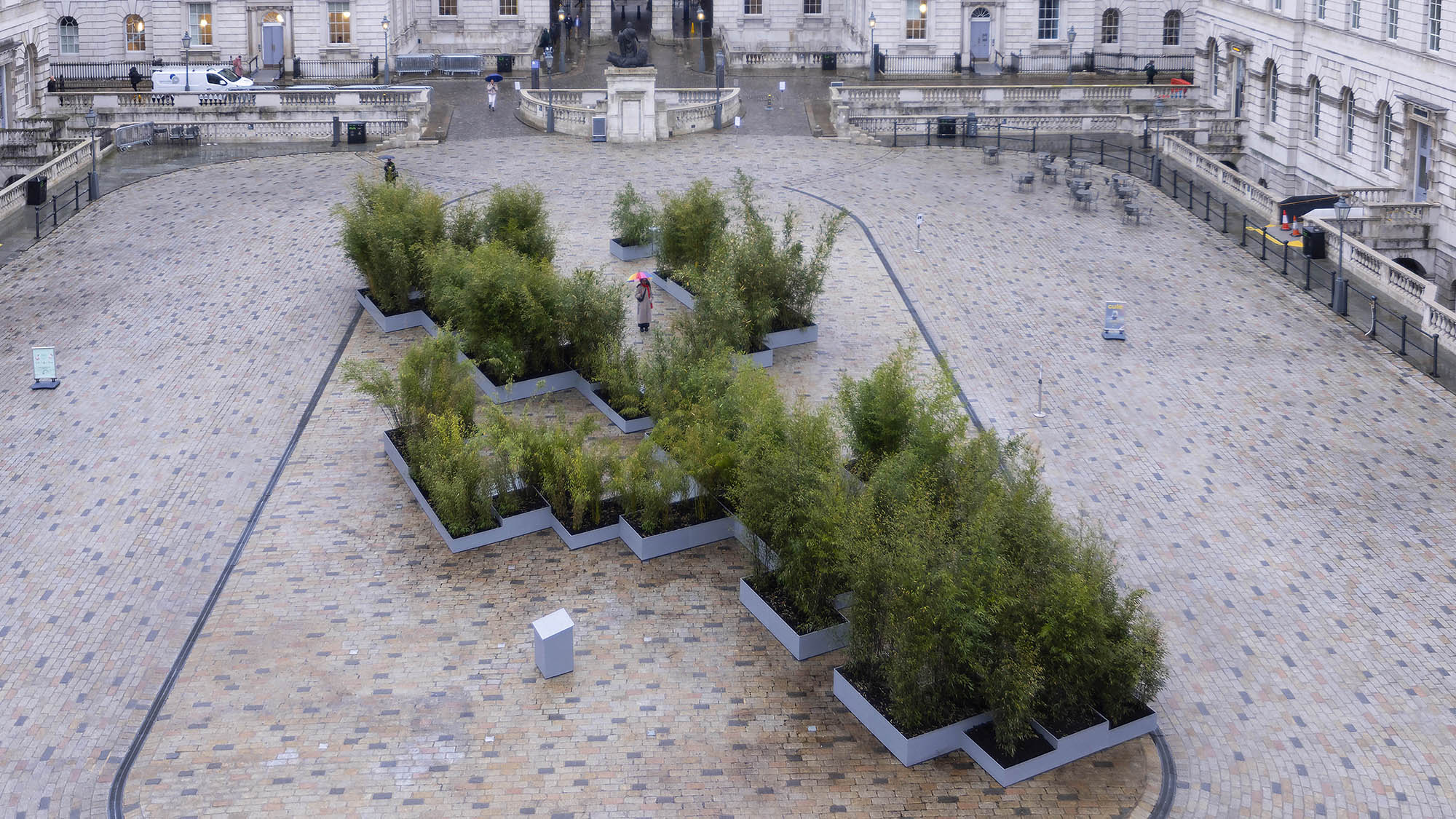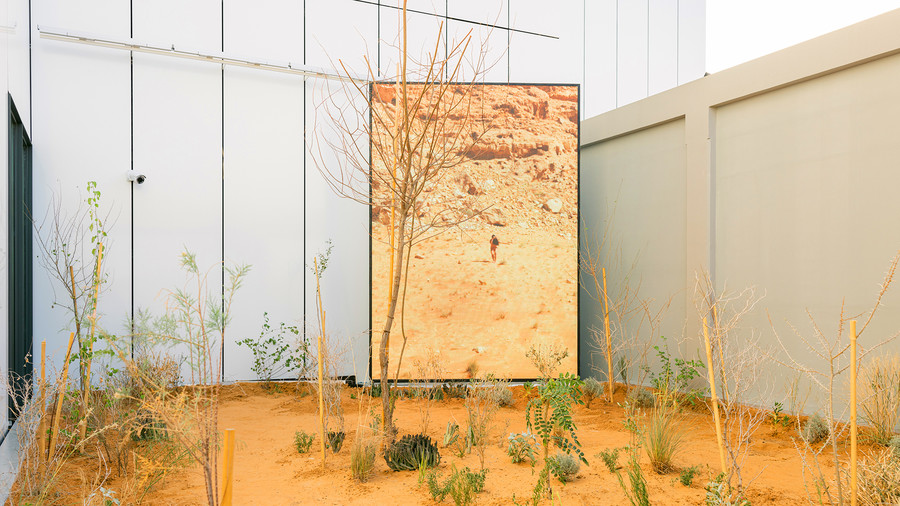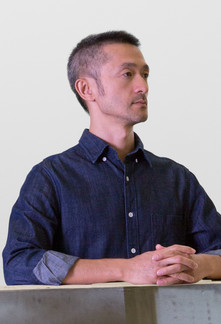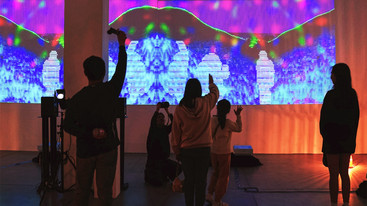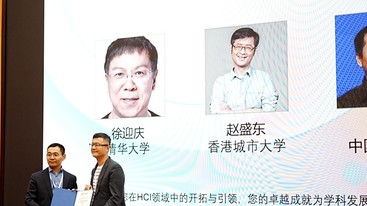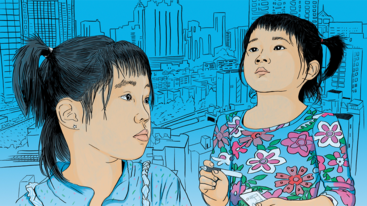Zheng Bo is an artist who directs their creative efforts toward generating awareness about the natural environment. Bo’s art is deeply rooted in a long-term ecological commitment, particularly in relation to plant life. Their work goes beyond merely depicting plants and humanity’s interaction with them through drawings and audio-visual installations; they also seek to challenge the prevailing hierarchy that governs human interaction with the plant world, by transforming art from a mere practice into a way of life. Bo aims to foster a connection with plants that can reshape our relationship with them. They strive to cultivate ecological wisdom that transcends the Anthropocene’s threat of extinction. To achieve this, they actively engage in activities such as nurturing weedy gardens, producing eco-queer films, creating living slogans, and organizing wanwu workshops.
As an invited artist at the prestigious Venice Biennale in 2022, Bo was part of the exhibition “The Milk of Dreams” curated by Cecilia Alemani. They created a poetic 16-minute video titled “Le Sacre du printemps” or “The Rite of Spring,” a sequel to their ongoing tetralogy project known as “Pteridophilia,” which they began in 2016. In “Pteridophilia,” Bo explores the intriguing concept of forming sensual and erotic connections between plants, particularly ferns, and human beings in Taiwan. In “Le Sacre du printemps,” the setting shifts to an ancient pine forest in Dalarna, Sweden. This mesmerizing video showcases the talents of five male Nordic dancers who, through their movements and physical interactions, respond to and invoke the collective desires of the forest. The dancers gradually transform from autonomous human beings into life forms, which are reminiscent of orchids or epiphytes.
Bo’s exhibition titled “Life is hard. Why do we make it so easy?” at Kadoorie Farm and Botanic Garden in Hong Kong in 2021, adapted a work that was initially presented at the Thailand Biennale in Krabi in 2018. In collaboration with Stephan Gale, Senior Ecologist at Kadoorie Farm and Botanic Garden, Bo generated a diverse collection of botanical slogans using over 130 local orchid species. The underlying aim was to encourage people to grasp the importance of coexisting harmoniously with other species. The exhibition served as a catalyst for individuals to perceive life not solely from a human-centric perspective but also from a broader ecological standpoint. Bo’s vision was that when viewers encountered these living plant slogans, they would contemplate the equality of all life forms and recognize the urgency of the ecological crises we face today.
In a solo exhibition at the Gropius Bau, Berlin in 2021, Bo showcased a collection of 366 pencil drawings, each featuring a plant of identical size. Titled “Drawing Life,” this project flips the conventional concept of life drawing, which typically involves a person as the subject. Instead, Bo shifts the focus to individual plants, drawing inspiration from the Chinese landscape and ink painting traditions. However, their intent isn’t centered around producing art in the traditional sense, where the emphasis lies on showcasing a mastery of form and style. Instead, the primary purpose lies in the process of dedicating time to these distinct plant species on a daily basis, a discipline necessitated by the act of drawing them. Here, the process of creating art transforms into a form of meditation within and in harmony with nature.
Bo serves as the Principal Investigator for the research initiative known as “EcoArtAsia,” which receives funding from the Research Grants Council of Hong Kong SAR. This project is dedicated to documenting and studying contemporary ecological art practices taking place in Mainland China and Hong Kong. Bo’s last released book, titled “WANWU I,” serves as a retrospective reflection on their extensive engagement with plants spanning the past decade.
